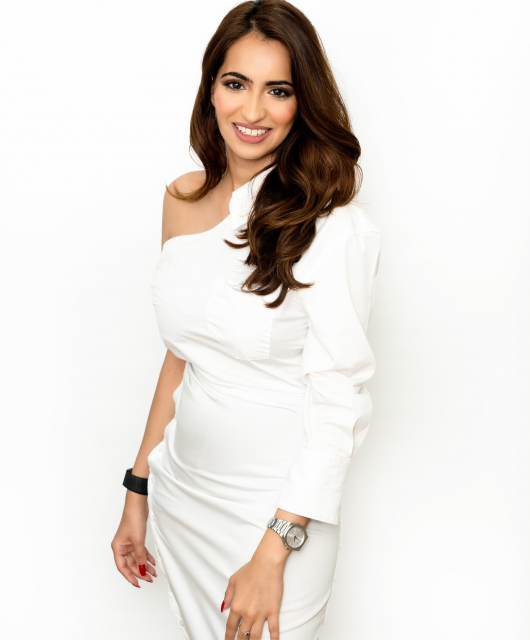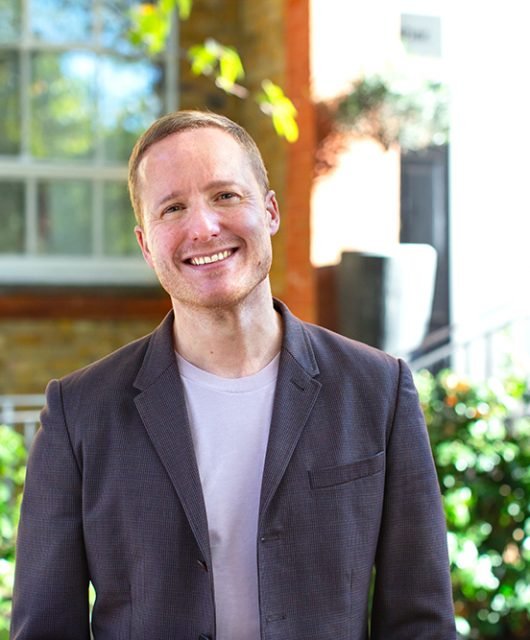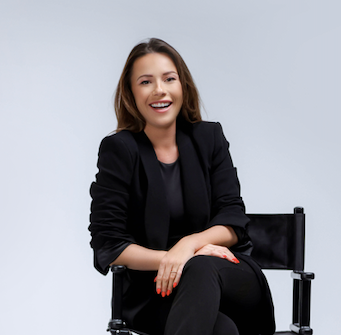In its more than 20 years, FutureBrand has partnered with some of the world’s leading sports brands and sports events to enhance their power to positively impact on people’s life. Sports brands are amongst the most sensitive when it comes to change since they are much more than simple apparel or equipment producers, in fact they embody our natural desire for improving ourselves, to win over our own limits and find our personal balance. Aming other things, the pandemic has provided us with time enough to carefully listen to our least known part – our inner self – and to discover the importance of connecting mind and body. This discovery has an impact also on the way we conceive our physical training, promoting it from an almost a moral obligation to keep fit to an integral part of our daily routine to preserve our mental well-being in times of crisis and not. alone. Workouts actively contribute to our own happiness in a way that is completely new. Let’s see how this means to the world of fitness, gyms, and sports brands.

Here is the first insight: the reason that pushes people to train goes beyond the improvement of their physical appearance. Brands must definitively abandon marketing tactics focused on burning calories and achieving an impossible aesthetic ideal. The new focus has shifted to inner well-being and to how essential it is to train one’s mental resilience. The term “health” has become a holistic concept.
The universe of retail and sports clubs should be ready, now that we are going back to the gym, and serve as a guide and model for this new workout-era. Let’s see what the main trends impacting on sports brands and gyms are.
Mindful movement
Science considers exercise the best method to relieve stress, anxiety and to increase the immune system. In the UK, 72% of the population believe that improving mental health is one of the primary benefits (and goals) of sport. There is, therefore, a great opportunity for brands that can ride the wave of the so-called mindful movement, or the growing interest in all those activities that combine mental and physical well-being including yoga, pilates, of tai-chi and qi-gong, stretching, bars and gyrotonic. According to the Global Wellness Institute, this will be the main sector set to grow in the wellbeing industry.
Fitness fusion: well-being at 360°
While this change of direction may be relatively simpler for brands, the challenge will certainly be more demanding for sports clubs and sports chains. People have discovered how easy the home training is, so much so many are thinking not going back to gym. Online fitness classes, YouTube channels and special apps, which flourished during the lockdown, are still very popular and, like it or not, are the future of the sports world. They gave us the opportunity to experiment any kind of exercise and discipline.
To generate the same appeal, gyms will have to move from a model focused on fitness to a holistic concept capable of embracing well-being at 360°, integrating personalized nutritional advice, suggestions for improving the lifestyle, workshops conducted by professionals of the sector and the possibility of following and integrating training sessions with live streaming sessions.
Prevention & personalization
In addition to becoming a valuable ally for the psyche, training will increasingly be considered as a real ”preventive medicine” capable of accelerating the rehabilitation of many patients or avoiding injuries of various kinds. The classic gym, as we knew it, will disappear in favor of an increase in all bodyweight activities and functional training; therefore, specific, and personalized programs designed to meet the objectives and needs of each one.
Al fresco fitness & biophilic design
US biologist Edward Wilson argued that humans have a genetic need to feel in harmony with nature. Judging by the unprecedented increase in open air fitness and outdoor activities, he was right. This is a trend that is destined to remain and to which gyms will have to adapt both by setting up areas dedicated to outdoor training, and through the use of biophilic design in their physical locations. The US booking platform ClassPass saw a 400% increase in the number of outdoor classes that were offered by the studio in 2020, while the luxury chain Equinox created a real open-air gym – the Equinox + In the Wild – on a fully equipped rooftop in Los Angeles.
Train according to the mood
Another smart way to generate appeal and interest by attracting tomorrow’s consumers, increasingly focused on life-changing activities, is to set workouts according to the mood. An emblematic example is that of the US yoga instructor Adriene Mishler, whose videos are structured according to the emotions (joy, courage, pain …), as well as specific phases of the day such as awakening, lunch break and relaxation; “Yoga for Loneliness” was her most watched video in 2020. (Well + Good, 2021).
The future of sport is reinventing itself
The gyms of the future will no longer be places used exclusively for physical training, they will be spaces for sociality and relaxation, where to put one’s well-being at the center thanks to activities that combine benefits for the body and for the mind, preventive exercises, solutions aimed at lowering stress levels and increasing mental resilience. Sports clubs will have a range of digital offers to make home fitness complementary to on-site proposals, creating a hybrid system that will alternate presence and online. The gyms will however remain the main points of reference where you will go to use specific equipment and get tailored tips from personal trainers. The equipment that we will use at home (fitness tracker, headphones with biosensors …), will send data relating to our performance to servers managed by the gyms which, in real time, will provide specific indications and corrections through augmented reality and, in the not-too-distant future, even in holographic telepresence. This hybrid and technological system will democratize sports and allow to follow programs and courses at any time and from anywhere granting an immersive experience.





